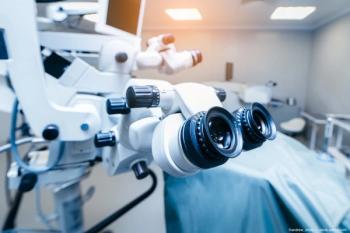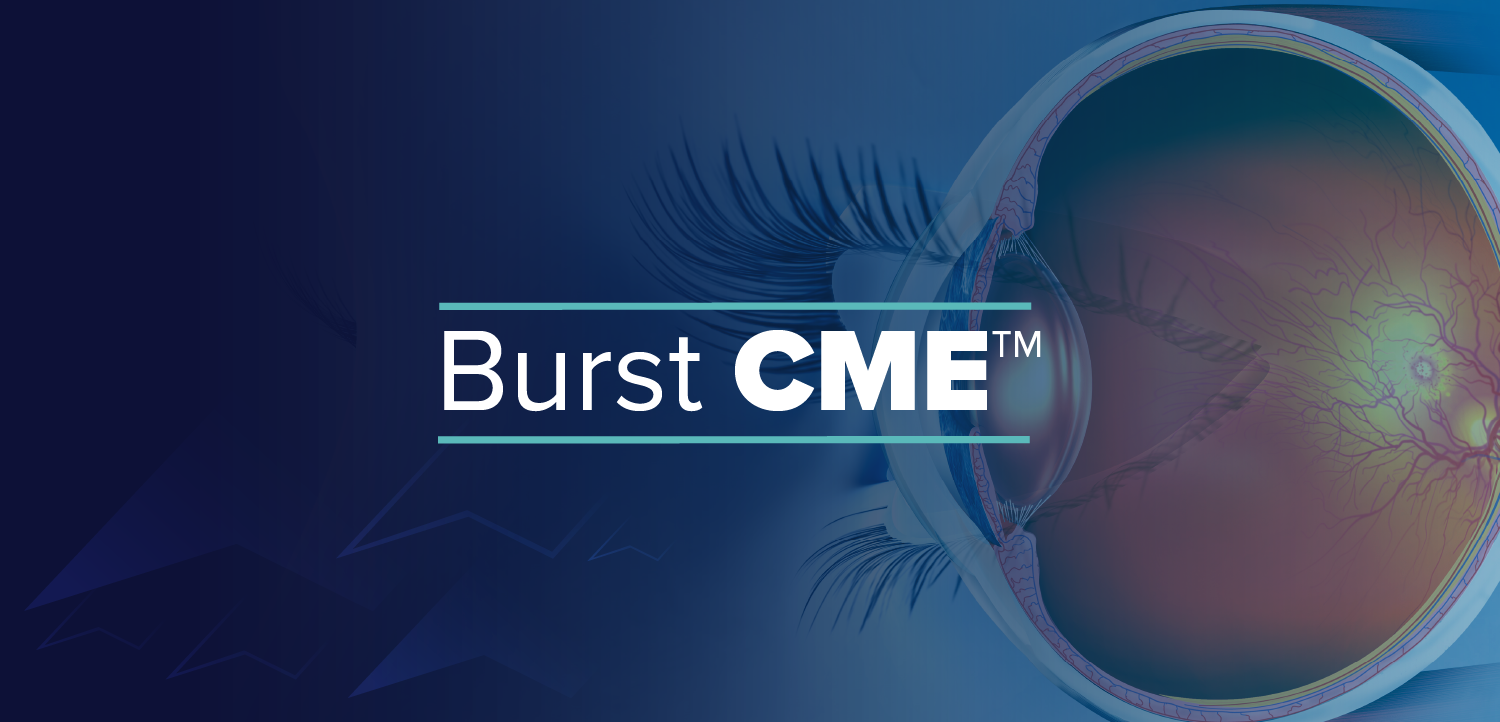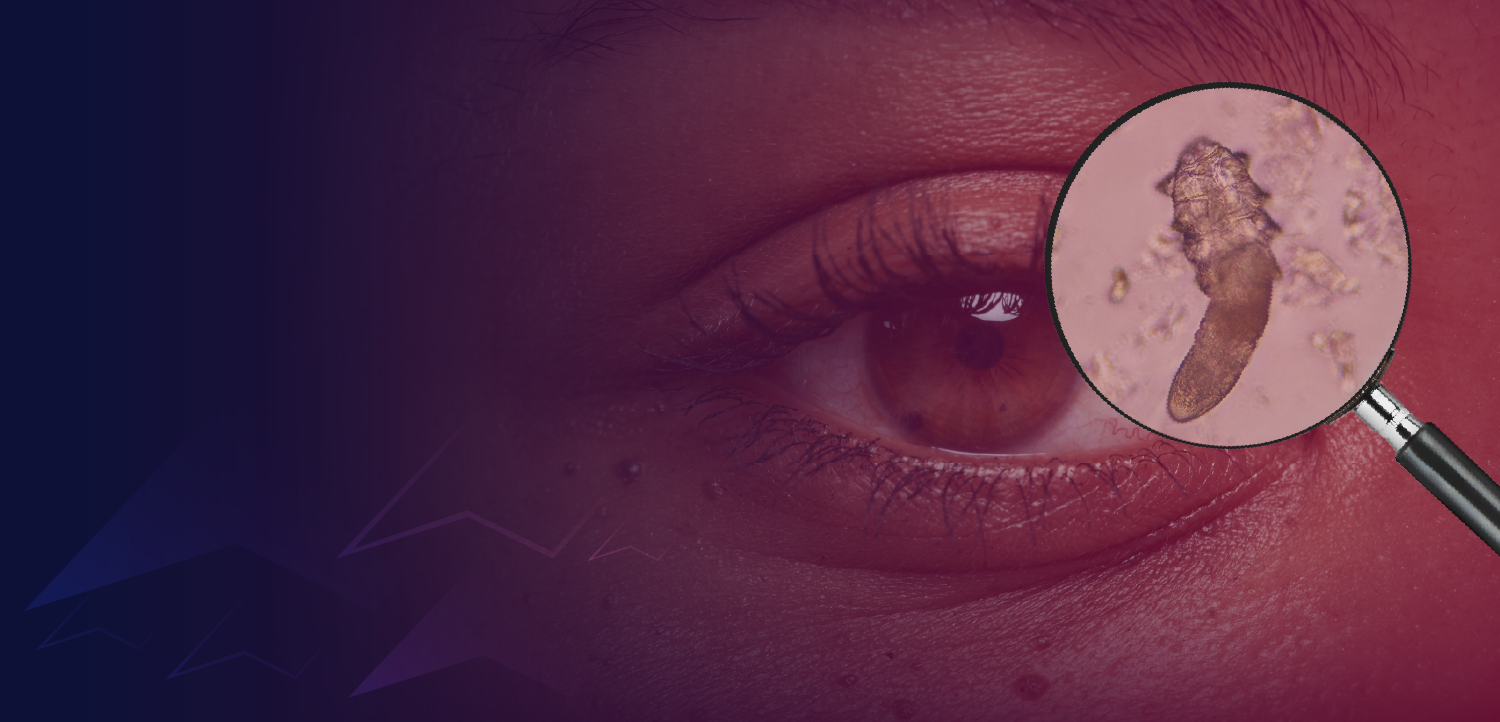
Range of ‘uninterrupted vision’ possible with inlay
Study patients with a near vision inlay implanted under a femtosecond flap achieved extended depth of focus that ranged from +1 to +3 D, said John A. Hovanesian, MD.
San Diego-Study patients with a near vision inlay implanted under a femtosecond flap achieved extended depth of focus that ranged from +1 to +3 D, said John A. Hovanesian, MD.
Participants in the multicenter, prospective, FDA investigational device exemption study had to be emmetropic with presbyopia that required a reading add form +1.5 to +2 D, said Dr. Hovanesian, in practice in Laguna Hills, CA.
The implant (Raindrop Near Vision Inlay, ReVision Optics) is designed to change the curvature of the overlying cornea creating a gradient of power that allows a full range of uninterrupted vision.
“We implanted the inlay in the non-dominant eye, and concentrated this evaluation on a sub-group of 30 patients from two clinical sites,” he said.
Sub-study endpoints included defocus curves and contrast sensitivity measured preoperatively and 12 months postoperatively. Uncorrected and best-corrected visual acuity (UCVA and BCVA, respectively) were measured with the ETDRS charts and collected in the Optec Vision Tester (Stereo Optical Co.) at near (40 cm), intermediate (80 cm), and distance (6 m) at preoperatively, 1 week, 1 month, 3 months, and 12 months postoperatively. Defocus curves and contrast sensitivity were measured as part of a substudy at preoperatively and 12 months.
At 12 months (n = 30), monocular near and intermediate visual acuities improved from preoperative levels of 20/72 (uncorrected near visual acuity) to 20/22. Uncorrected intermediate visual acuity improved from 20/46 to 20/26, Dr. Hovanesian said.
Binocularly, all subjects were 20/32 or better at near, 20/32 or better at intermediate, and 20/20 or better at distance.
“There was no statistical significance between preop and 1 year postop for any of the test conditions at any of the spatial frequencies, with one exception,” Dr. Hovanesian said.
However, the difference was not deemed to be clinically significant, he added.
Defocus curve measurements showed an extended depth of focus with minus lenses when compared to preoperatively (20/40 or better from +1 to –3 D). Mesopic contrast sensitivity in the inlay eye showed no difference preoperatively to the final follow-up at 12 months, he said.
Overall patient satisfaction in this cohort of subjects was high at 93%.
“In short, the Raindrop Inlay modifies the shape of the central cornea and provides an uninterrupted transition from near to intermediate to distance vision,” he said.
This inlay is able to provide a 3.5 D range of functional vision, resulting in 20/40 or better, “without affecting contrast sensitivity in mesopic or photopic conditions, with and without glare,” he said.
Newsletter
Don’t miss out—get Ophthalmology Times updates on the latest clinical advancements and expert interviews, straight to your inbox.


















































.png)


